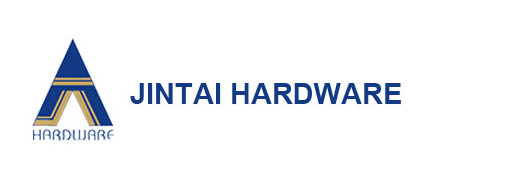
1. Make sure whether there are bumps, protrusions, etc. on the mating surfaces of the shaft and the shaft shell, and if any, use oil grindstone or fine sandpaper to remove them.
2. Confirm whether there is dust or mold sand attached to the surface of the bearing shell.
3. In order to avoid bumps during packaging, a small amount of lubricating oil should be applied to the surface of the shaft and the shaft housing. To install the bearing on the shaft center, force must be applied to the inner ring, and to install the bearing to the bearing shell, force must be applied to the outer ring. When applying force to the bearing, you must pay attention to make the force vertical and even down, the side hit will definitely cause the bearing to be injured, so try to avoid the side hit.
4. The retainer and sealing plate of the oil-free bearing must not be applied. The installation method using a hammer and casing is a commonly used method. Because it will damage the bearing, it must not be hit directly. The sleeve should be inserted in the middle and be struck in, and the hammer should be struck lightly. In the mechanical structure, when the inner and outer rings are tightly fitted, a backing plate should be used to ensure that the force can be applied to the inner and outer rings to press in at the same time. If only the inner ring is pressed in by force, the force must be pressed into the outer ring by the ball, so it will cause scars on the track surface.
5. When installing a bearing with a large margin on the shaft, the method of heating the bearing to 80-90 degrees in clean oil to expand the inner diameter for installation is widely used. Considering that the hardness of the bearing will be reduced due to overheating, it must not exceed 100 degrees. At this time, the bearing must be suspended by steel wire, or placed on the metal wire, support plate, and never placed at the bottom of the groove. When the bearing reaches the desired temperature (below 100 degrees), it should be immediately taken out of the groove and quickly fitted onto the shaft. The bearing will shrink as the temperature drops. Sometimes there will be a gap between the shaft shoulder and the end face of the bearing. Use tools to compress the bearing to the shaft direction.
Before the oil-free bearing leaves the factory, in order to protect the raceway and rolling element surface from being corroded, anti-rust oil or anti-rust grease is injected between the raceway and the rolling elements. Therefore, the bearing should be cleaned before installation. Bearings sealed with anti-rust oil can be directly cleaned with gasoline or kerosene; if thick oil or anti-rust grease is used to prevent rust, light mineral oil, such as 10# engine oil or transformer oil, must be used to melt and cool the grease before using gasoline Or kerosene cleaning. Bearings with dust caps or sealing rings on both sides are filled with grease before leaving the factory, so there is no need to clean them during installation. IKO bearings coated with lubricating and anti-rust dual purpose lubricants do not need to be cleaned during installation. During the cleaning and installation process, foreign objects should be strictly prevented from falling into the bearing. Small abrasive particles will cause wear between the rolling elements and the raceway, increasing noise and vibration.

